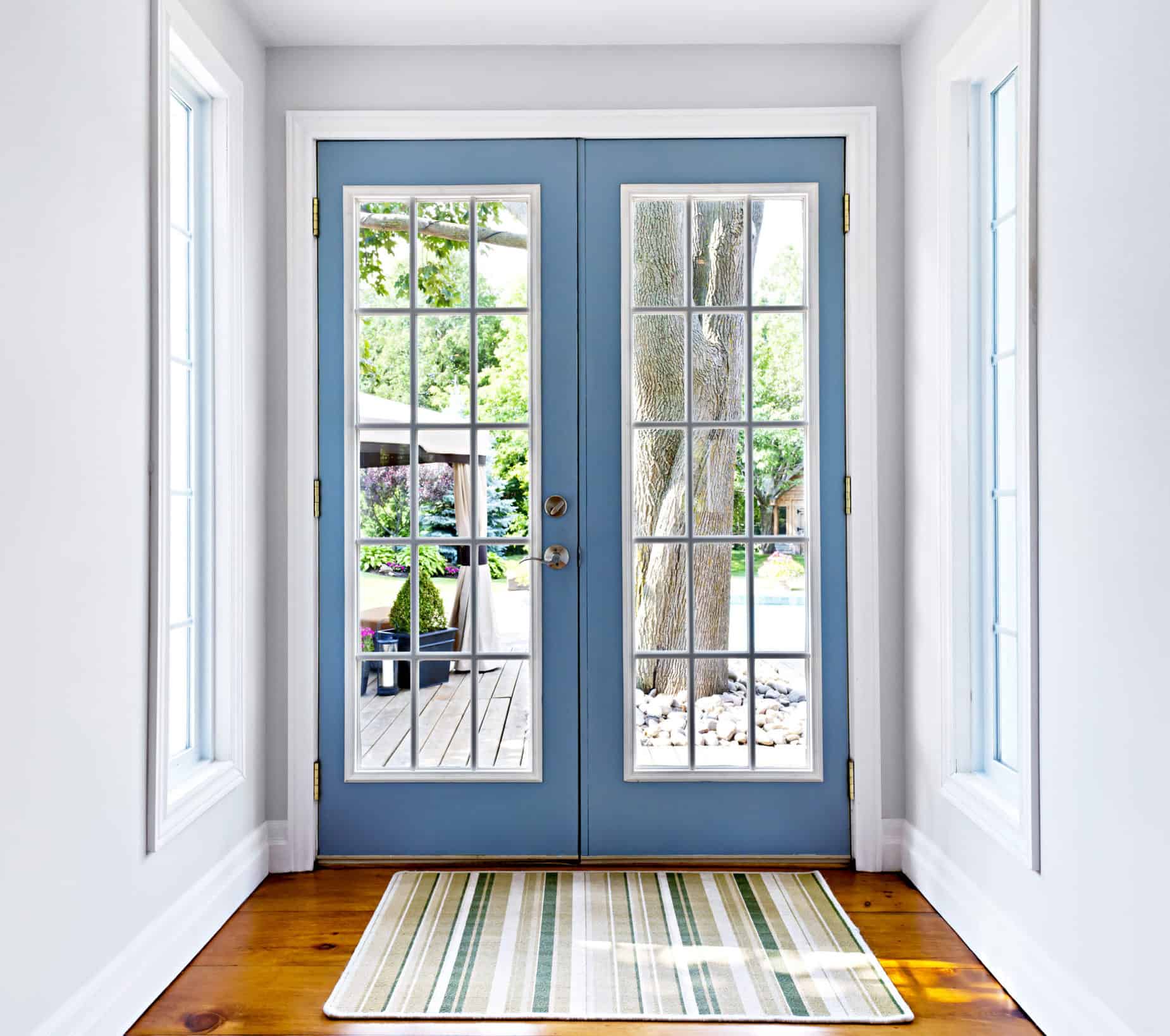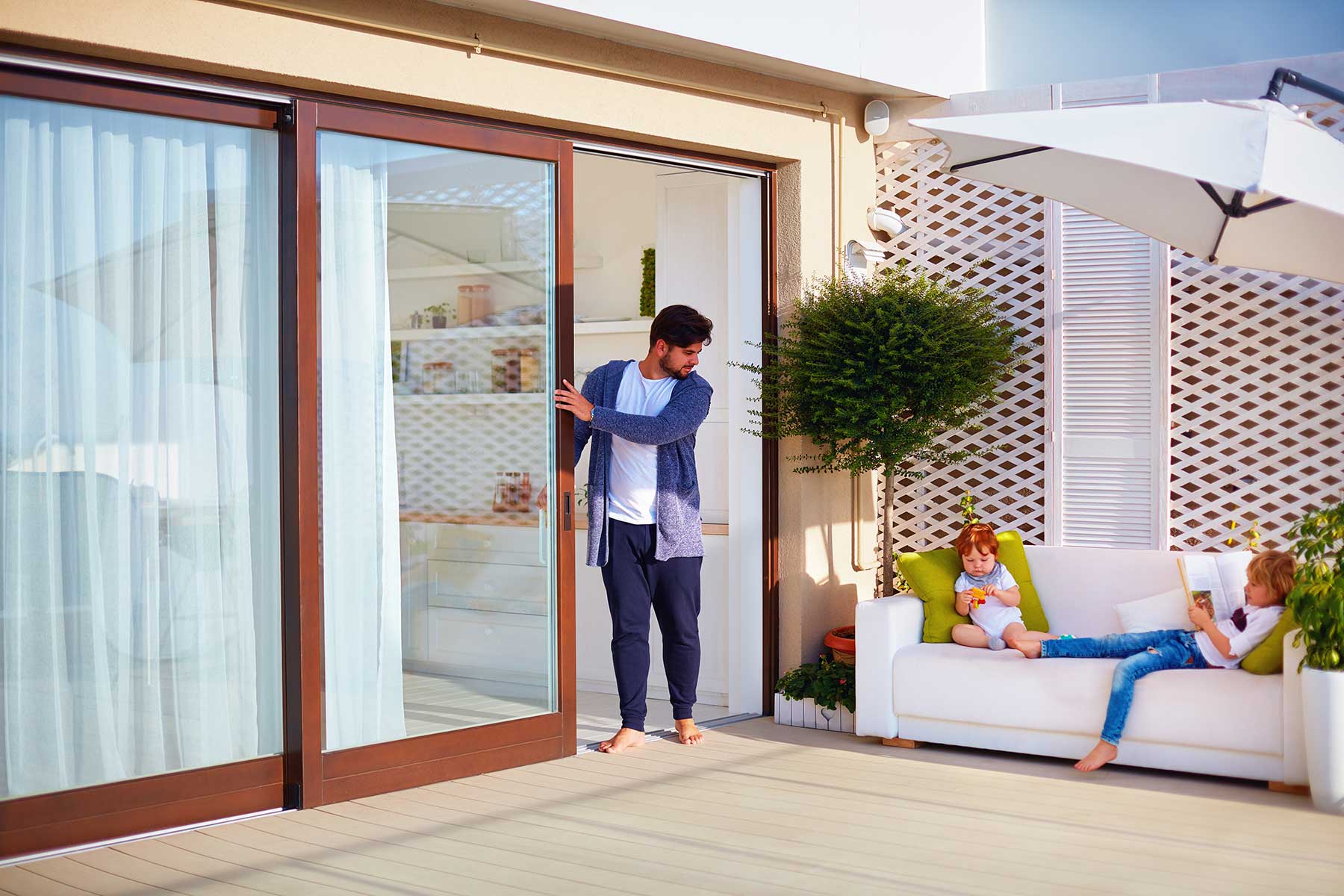Space and Functionality: Sliding Door Vs Hinged Door Bathroom

Choosing the right bathroom door can significantly impact the overall feel and functionality of your space. Sliding doors and hinged doors offer distinct advantages and disadvantages, and the best choice depends on your bathroom’s size, layout, and your personal preferences.
Space Requirements
The space requirements for each door type vary significantly. Hinged doors need a swing radius, meaning they require additional space to open fully. This can be a significant concern in smaller bathrooms where every inch counts. Sliding doors, on the other hand, operate on a track system, allowing them to slide open and close without taking up additional floor space.
- Hinged Doors: Require space for the door to swing open. The amount of space needed depends on the door’s width and the direction of the swing. For example, a standard 30-inch wide hinged door requires approximately 3 feet of clearance for a 90-degree swing.
- Sliding Doors: Do not require any swing space as they move along a track. They only require space for the track and the door itself, which is typically installed on the wall.
Accessibility and Ease of Movement
Accessibility and ease of movement are crucial considerations, especially in bathrooms. Hinged doors can be challenging for individuals with mobility limitations or who use wheelchairs, as they require a significant swing radius. Sliding doors, with their space-saving design, offer a more accessible solution, providing a wider opening and easier entry and exit.
- Hinged Doors: Can be difficult to maneuver for individuals with mobility limitations or those using wheelchairs. They require a significant swing radius, potentially obstructing movement in the bathroom.
- Sliding Doors: Offer a more accessible solution, providing a wider opening and easier entry and exit for individuals with mobility limitations or those using wheelchairs.
Bathroom Layouts
The choice between a sliding door and a hinged door can depend on the bathroom layout.
- Sliding Doors: Are ideal for smaller bathrooms where space is limited. They are also a good choice for bathrooms with narrow doorways or limited floor space. They can also be used in walk-in showers or shower enclosures.
- Hinged Doors: Are more suitable for larger bathrooms with ample space for the door to swing open. They are also a good choice for bathrooms with a traditional layout where the door opens into a hallway or another room.
Aesthetics and Design

The choice between sliding and hinged doors in a bathroom can significantly impact the overall aesthetic of the space. Each type offers a distinct visual appeal, influencing the flow and feel of the room. Consider the design style you envision for your bathroom and how each door type can complement or enhance it.
Design Styles, Sliding door vs hinged door bathroom
The choice between sliding and hinged doors can significantly impact the bathroom’s aesthetic. Sliding doors, with their sleek and minimalist design, often complement contemporary and modern bathroom styles. They create a clean, uncluttered look, emphasizing open spaces and a sense of fluidity. On the other hand, hinged doors, with their traditional design, blend well with classic, farmhouse, or vintage bathroom styles. They add a touch of elegance and warmth, contributing to a cozy and inviting atmosphere.
Materials and Aesthetic Impact
The material chosen for the doors plays a crucial role in shaping the bathroom’s aesthetic. For instance, glass doors, often used in sliding designs, bring a sense of openness and light, making the bathroom feel larger and brighter. They are particularly suitable for contemporary and minimalist bathrooms, where transparency and clean lines are valued. However, frosted or textured glass can provide privacy while still allowing light to pass through, making them suitable for traditional bathrooms as well.
Wood doors, on the other hand, bring a natural warmth and rustic charm to the bathroom, often associated with farmhouse or traditional styles. They can be stained or painted to complement the overall color scheme and design. Wooden doors can also be incorporated into sliding designs, offering a unique blend of modern functionality and classic appeal.
Price Comparison
| Door Type | Material | Style | Price Range |
|---|---|---|---|
| Sliding Doors | Glass | Contemporary | $500 – $2,000 |
| Wood | Traditional | $800 – $3,000 | |
| Metal | Modern | $1,000 – $4,000 | |
| Hinged Doors | Wood | Traditional | $300 – $1,500 |
| Glass | Contemporary | $400 – $2,000 | |
| Metal | Modern | $600 – $3,000 |
Installation and Maintenance

Choosing the right bathroom door can significantly impact your bathroom’s functionality and aesthetics. While we’ve explored the advantages of both sliding and hinged doors in terms of space, functionality, and design, understanding the installation and maintenance aspects is crucial for a long-lasting and hassle-free experience.
Installation Complexity
The installation process for both sliding and hinged doors varies in complexity.
- Hinged doors typically require a more involved installation process. They involve precise measurements and adjustments to ensure proper alignment and smooth operation. Installing hinges, door frames, and potentially trim requires more time and effort. Additionally, ensuring the door swings freely without obstruction is critical.
- Sliding doors, on the other hand, offer a generally simpler installation process. They often involve attaching a track system to the wall or ceiling and then sliding the door along the track. While this process may seem easier, it still requires accurate measurements and level installation to ensure the door slides smoothly without any binding or uneven movement.
Maintenance Requirements
Both sliding and hinged doors require regular maintenance to ensure smooth operation and prevent premature wear and tear.
- Hinged doors may require occasional lubrication of hinges to prevent squeaking and ensure smooth movement. Over time, hinges may become loose, requiring tightening or replacement. Additionally, the door itself may need adjustments to ensure proper alignment and prevent sticking or dragging.
- Sliding doors typically require cleaning and lubrication of the track system to prevent dust and debris accumulation. Regular cleaning helps ensure smooth sliding and prevents the door from becoming stuck or binding. Over time, the rollers or wheels on the sliding door may wear out and need replacement.
Hardware and Accessories
Selecting the right hardware and accessories can significantly impact the longevity and functionality of both sliding and hinged doors.
- Hinged doors benefit from high-quality hinges made from durable materials such as stainless steel or brass. Choosing self-closing hinges can enhance convenience and ensure the door closes automatically. Consider using door stops to prevent damage to walls or furniture and ensure the door doesn’t swing too far open.
- Sliding doors require a sturdy track system made from materials that resist wear and tear. Ensure the rollers or wheels are made from high-quality materials and are compatible with the track system. Selecting a track system with adjustable features can help ensure smooth operation and prevent binding.
